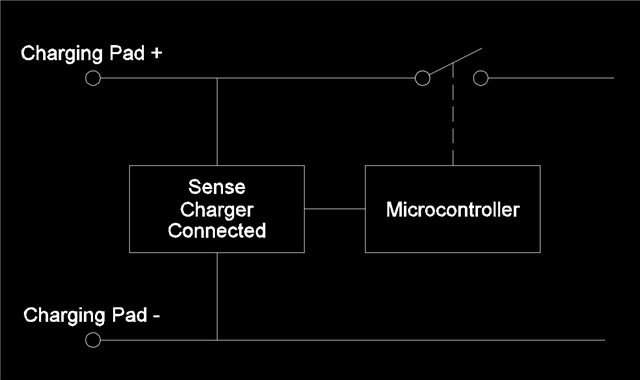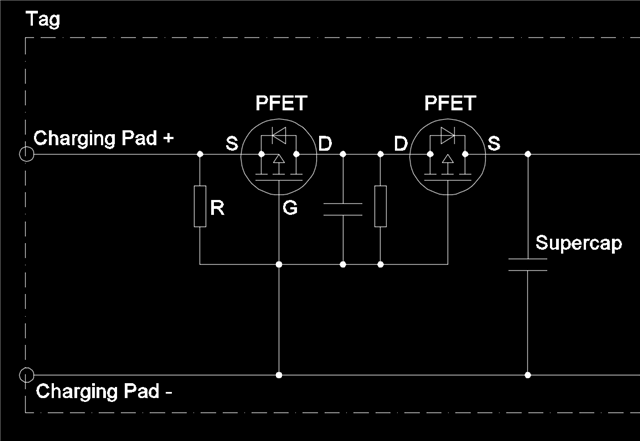Hi,
I am looking for product selection support.
We are prototyping an active UWB tag for a sports timing system. To make the system practical the tags need to be fast charged at the time we register the participants for the event. We propose using a super capacitor as a power source for this reason. We estimate that the total capacitance will be in the vicinity of 20F to power the tag for a maximum of 8 hours. A fast charging circuit is required with a charging time of less than 6s if practical. This would mean approximately 10A at 2.7-3V.
We are looking for a Low QI charger with a 10A 2.7-3V capability with short circuit protection (the tag has exposed charging terminals). The charger could either be on the tag or separate from the tag. For the latter arrangement the short circuit protection would be on the tag.
We have looked at the following;
https://www.ti.com/product/BQ24640
https://www.ti.com/lit/an/slva920/slva920.pdf?ts=1669721110057
Any guidance on a TI product(s) that will help us achieve this would be greatly appreciated.
Kind Regards
Peter Stoneham







